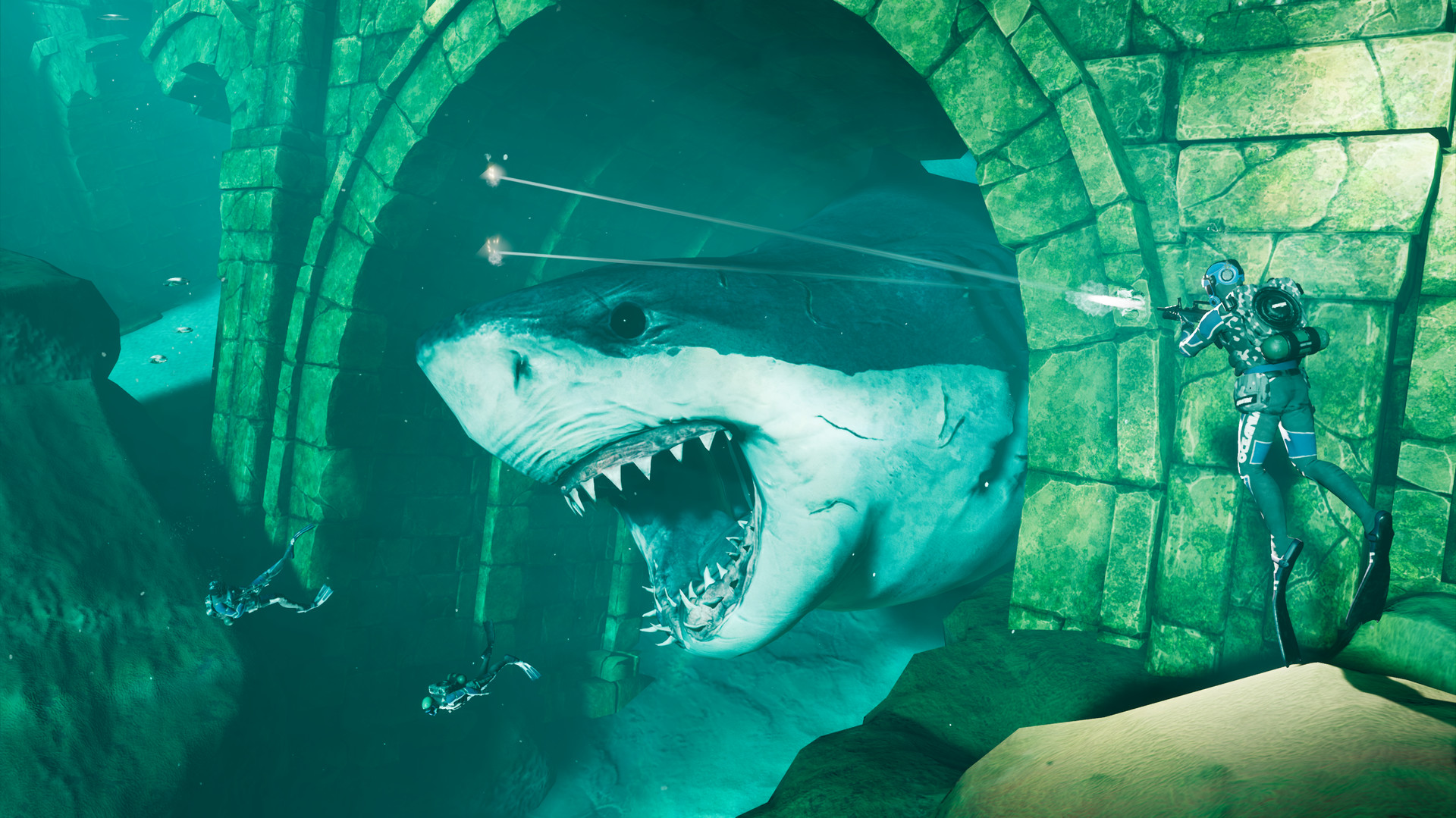This article is made possible by Intel’s GameDev BOOST program — dedicated to helping indie game developers everywhere achieve their dreams
One of the most important elements to creating a believable digital world is audio. Good audio can keep you engrossed in an epic WWII storyline as bullets and explosions rain down on the battlefield, or it can steadily increase your heart rate as you try to sneak past a group of shambling zombies.

Unlock premium content and VIP community perks with GB M A X!
Join now to enjoy our free and premium membership perks.
![]()

![]()